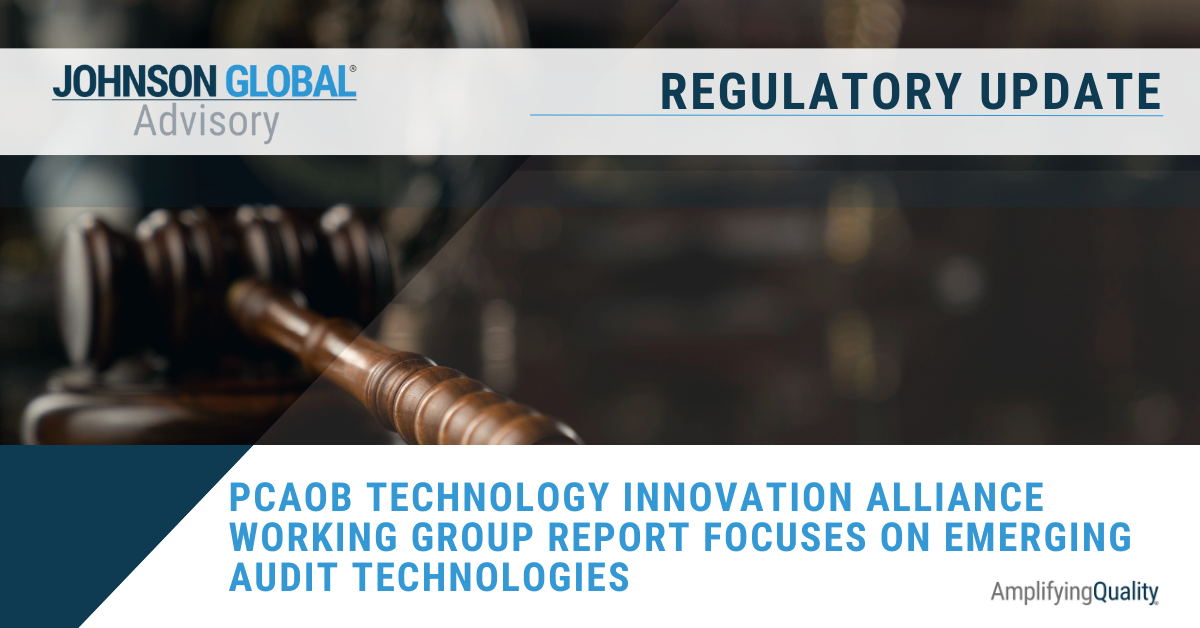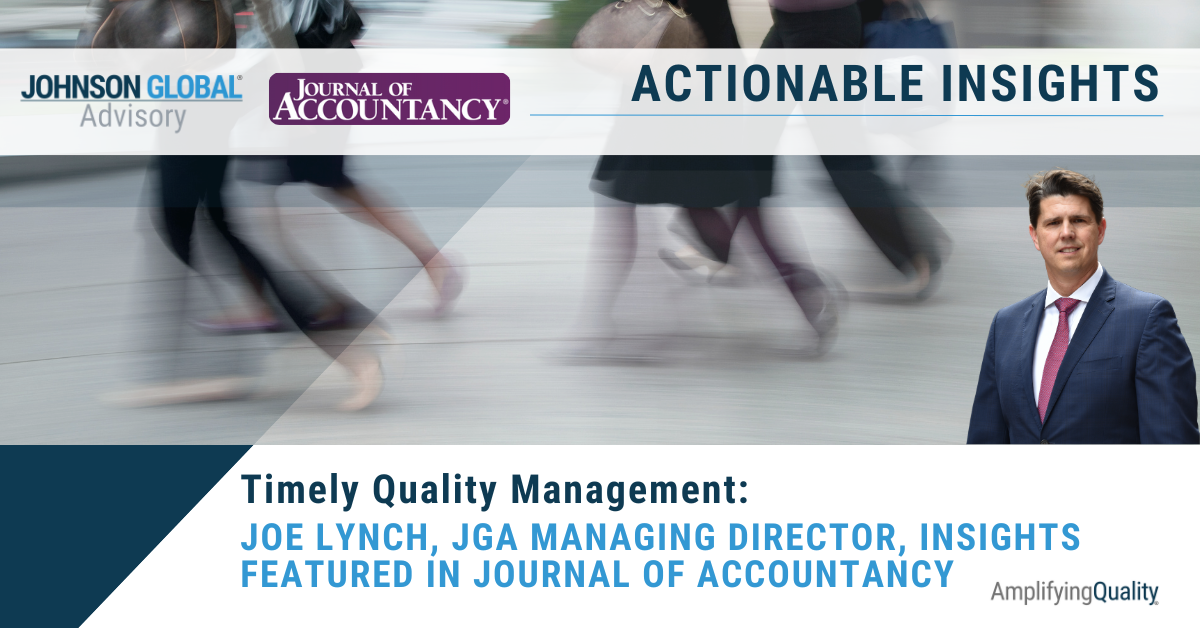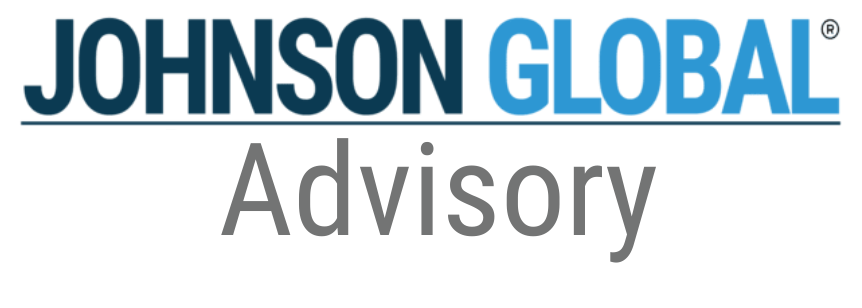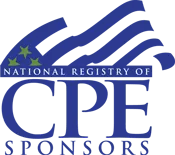Auditing Estimates: Like Making Concrete out of Jell-O

How do you audit an estimate to ensure it’s right when there is no one, right answer? Auditing a management estimate can feel like trying to make concrete out of Jell-O. Management itself is forced to assign concrete, specific, quantitative figures to make an estimate so that it can prepare financial statements. But how do you solidify/quantify something that is implicitly alterable, uncertain, unknown and often changing? And then, how do you audit those estimates and conclude that they are reasonable?
Let’s say management just bought a start-up company with no history of revenue, but with a new product about to be launched. In valuing potential intangible assets acquired in the business combination, management will likely have to come up with revenue projections for that new product. By its very nature, the estimate is unknown and may only be proved out with time. Or, let’s say management is performing a goodwill impairment analysis and opted to perform a discounted cash flow projection. To the extent cash flow projections are based on historical actual results, it may be easy to validate management’s assumptions, but what if management is planning to restructure the company to cut costs and improve profitability? What’s the right SG&A percentage to use in cash flow projections and how does an auditor test this kind of estimate? It is subjective in nature and may have very few hard, concrete statistics to support it.
PCAOB Observations and Guidance
As we have experienced when we assist firms with the PCAOB inspection process, the audit regulator continues to find deficiencies in audits over the substantive testing of management estimates. In its Staff Preview of 2018 Inspection Observations, the PCAOB said the following:
We continue to identify deficiencies in areas involving accounting estimates such as allowance for loan and lease losses (ALLL), accounting for business combinations, and the fair value of financial instruments. Developing these estimates often involves unobservable inputs, complex valuation models, and/or subjective judgments. To test accounting estimates effectively, auditors should exercise professional skepticism and involve senior engagement team members throughout the audit process.
Talking specifically about accounting for business combinations, the PCAOB wrote:
Auditors did not evaluate the reasonableness of certain significant assumptions underlying forecasts that management used in determining the fair value of assets acquired, including evidence that may corroborate or contradict those assumptions or conclusions.
While the PCAOB’s observations specifically mentioned the allowance for loan and lease losses, accounting for business combinations, and the fair value of financial instruments, accounting estimates can be found everywhere in the financial statements. Other areas include the allowance for bad debts, allowances for returns and sales promotions/discounts, and inventory reserves, including excess and obsolescence, to name a few.
In an effort to help simplify the auditing standards and provide some additional guidance, the PCAOB recently revised AS 2501 and renamed the standard to Auditing Accounting Estimates, Including Fair Value Measurements, although it is not effective until later in 2020. While the core principles remain largely unchanged, this standard streamlines and condenses three previous standards and integrates more directly the risk assessment standards into one single standard for auditors to reference when auditing management estimates and fair value.
Common Valuation Pitfalls
At Johnson Global Accountancy, we have found that many firms struggle to understand the full extent of testing required under the standards. Through our pre and post-issuance reviews, when we probe and ask questions around the testing, teams sometimes respond, “Based on historical results, management is being very conservative so we’re comfortable that the cash flow projections are reasonable.” As auditors, we are not engaged to ensure that the financial statements are “conservative” but rather, that the financial statements are presented fairly, in all material respects, so “conservative” is not the answer. Some teams will respond, “Based on our knowledge of the client and the industry and based on our sensitivity analysis, we deemed the revenue growth to be reasonable.” Well, what is defined as reasonable? What qualitative and quantitative factors did the engagement team consider and where was that documented? While a sensitivity analysis is helpful in demonstrating how sensitive (and thus how risky) a specific assumption is, it alone is not sufficient to audit management’s estimates.
Another example where engagement teams regularly fall short of the standards is in the coordination and use of a valuation specialist. Often, specialists are engaged to assist with the review of complex estimates and fair value techniques. In our pre- and post-issuance reviews, we find that engagement teams fail to understand the specific scope of the valuation specialists and the responsibilities of the engagement team. For instance, while specialists will often review the discount rate used in a cash flow projection, specialists rarely review the actual projections themselves for reasonableness, but rather rely on the engagement team to test management’s projections.
How We Enable Teams to Succeed
We help teams with auditing management estimates by reviewing workpapers and critically thinking through the required procedures to identify potential deficiencies in audit work that may raise questions in a PCAOB inspection. We ask questions such as:
- Valuation specialists
- Did the engagement team use a valuation specialist? Was the scope clear and documented?
- What specific assumptions were covered by the specialist and what assumptions are the responsibility of the engagement team?
- Did the engagement team consider the objectivity and competence of the valuation specialist?
- Reasonableness of management’s assumptions / projections
- What did the engagement team do to conclude on the reasonableness of management’s assumptions / projections?
- Did the engagement team test management’s assumptions by corroborating them with historical results and/or Independent market/industry data?
- Did the engagement team develop an independent expectation?
- Did the engagement team review subsequent events or transactions that would validate / invalidate the assumptions used?
- Data considerations
- Did the engagement team validate the mathematical accuracy of the estimates and calculations?
- Did the engagement team test the completeness and accuracy of any data used in developing the estimates and assumptions?
- Questioning assumptions
- Did the engagement team consider contradictory evidence?
- Did the engagement team consider management bias?
- Did the engagement team review to see if there were any changes in assumptions/methods/approaches year over year for recurring estimates?
- For projections, how has actual performance post-year-end fared relative to the anticipated projections?
The simple reality is, management estimates are difficult to audit. There is no right answer, but sufficient work has to be performed to conclude that the estimate is at least reasonable. Of course, it is difficult to determine what is reasonable in the eyes of the PCAOB. The nature, timing, and extent of audit work over management estimates will largely be driven by the engagement team’s risk assessment surrounding the estimate and the sensitivity of specific assumptions. Given the complexity, it’s important for engagement teams to consider the level and experience of those performing the audit work, and it would be prudent to have more than one set of eyes reviewing significant estimates.
So what does this all mean? Auditing estimates is never easy, and if you are feeling overwhelmed, you are not alone. PCAOB inspection observations and our experience validates that firms across the board are struggling to sufficiently audit management estimates. Doing the hard work up front and asking probing questions of management to understand how they derived the assumptions provides auditors the information they need to then do the audit to ensure financial statements are presented fairly, in all material respects. The more prepared, concrete and thorough you can be, the better. Asking many tough questions will help to solidify your estimates; that’s why we ask a lot of questions. As “reasonableness” is highly subjective, look for more concrete data and statistics that support management’s estimates and try to steer clear of the indefinable Jell-O, unless it is for dessert!
About Johnson Global Advisory
Johnson Global partners with leadership of public accounting firms, driving change to achieve the highest level of audit quality. Led by former PCAOB and SEC staff, JGA professionals are passionate and practical in their support to firms in their audit quality journey. We accelerate the opportunities to improve quality through policies, practices, and controls throughout the firm. This innovative approach harnesses technology to transform audit quality. Our team is designed to maintain a close pulse on regulatory environments around the world and incorporate solutions which navigate those standards. JGA is committed to helping the profession in amplifying quality worldwide.
Visit www.johnson-global.com to learn more about Johnson Global.











